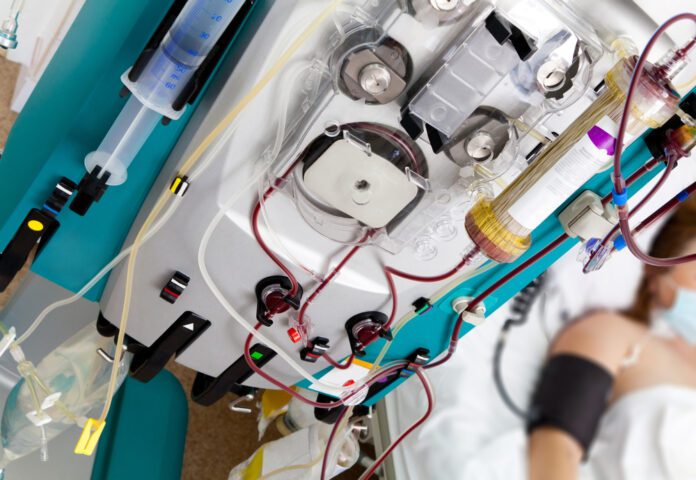Overview Of Plasmapheresis
Plasmapheresis, or exchange transfusion, is a potentially life-saving procedure that is done to counteract the effects of serious jaundice or changes in the blood due to diseases such as sickle cell anemia.
The procedure involves slowly removing the person’s blood and replacing it with fresh donor blood or plasma.
An exchange transfusion requires that the person’s blood be removed and replaced. In most cases, this involves placing one or more thin tubes, called catheters, into a blood vessel. The exchange transfusion is done in cycles, each one most often lasts a few minutes.
The person’s blood is slowly withdrawn (most often about 5 to 20 mL at a time, depending on the person’s size and the severity of illness). An equal amount of fresh, prewarmed blood or plasma flows into the person’s body. This cycle is repeated until the correct volume of blood has been replaced.
After the exchange transfusion, catheters may be left in place in case the procedure needs to be repeated.
In diseases such as sickle cell anemia, blood is removed and replaced with donor blood.
In conditions such as neonatal polycythemia, a specific amount of the child’s blood is removed and replaced with a normal saline solution, plasma (the clear liquid part of the blood), or albumin (a solution of blood proteins). This decreases the total number of red blood cells in the body and makes it easier for blood to flow through the body.



